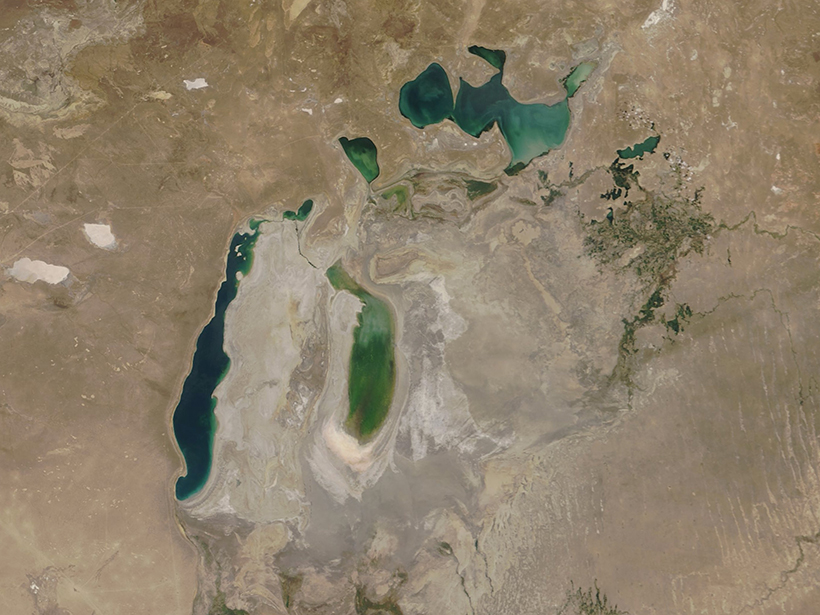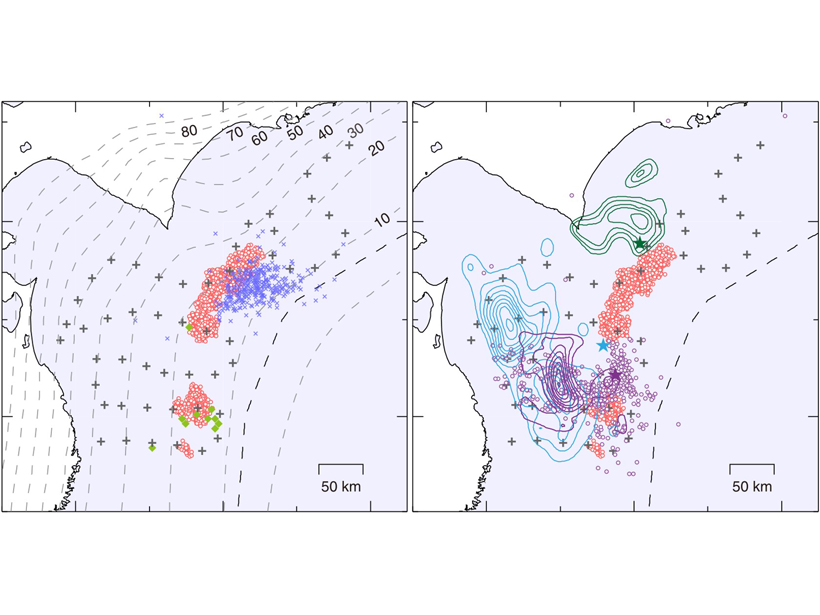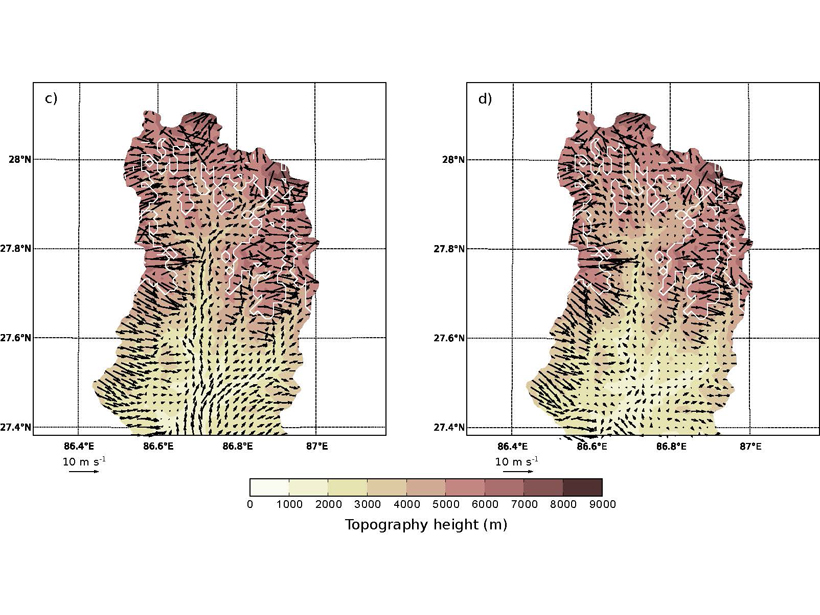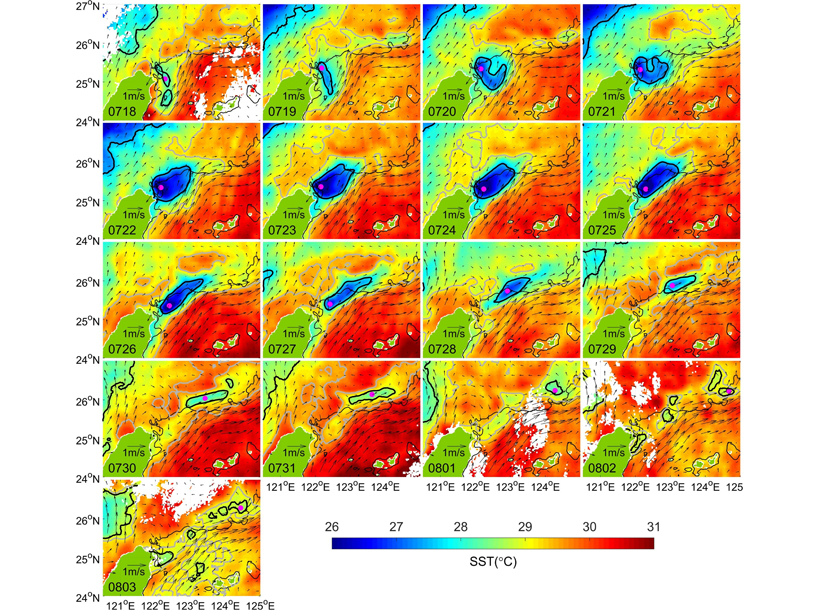Three special collections in JGR: Atmospheres present a fast-growing body of literature on atmospheric aerosols and their impact on the regional climate in East Asia.
Asia
Submarine Canyons Breed Megawaves in Japan
The canyons act like a prism, focusing waves into mammoths of destruction.
Japan Puts Its Mark on Geologic Time with the Chibanian Age
The newly named period in the Pleistocene identifies a key moment in geological history: the last time Earth’s magnetic poles switched places.
Scientists Share Results of Dust Belt Research
Central Asian Dust Conference; Dushanbe, Tajikistan, 8–12 April 2019
How Is Recent Arctic Warming Impacting East Asian Weather?
Arctic Warming and East Asia Weather Linkage Workshop; Incheon, South Korea, 13 May 2019
Far-Flung Dust Storms Deliver Nutrient Boosts to North Pacific
Barren marine deserts bloom seasonally with iron infusions from Asian dust storms.
Shallow Low Frequency Tremors in Japan Trench
A new seafloor seismic network detected low-frequency tremor on the subduction zone interface offshore northern Japan, indicating regions of slow slip in close proximity to shallow megathrust events.
The Search for the Severed Head of the Himalayas
To unearth the very first sediments to erode from the Himalayas, a team of scientists drilled beneath the Bay of Bengal.
What Drives Surface Winds in a Deep Valley?
Surface winds in a Himalayan valley are found to vary daily and seasonally due to factors including pressure gradient, advection, turbulent vertical mixing, and the presence of glaciers.
Route for Upwelled Kuroshio Waters into East China Sea Shelf
A simple algorithm obtains short-term variations in upwelling, which show that the subsurface Kuroshio waters can upwell directly into the East China Sea shelf under the advection of the Kuroshio.










